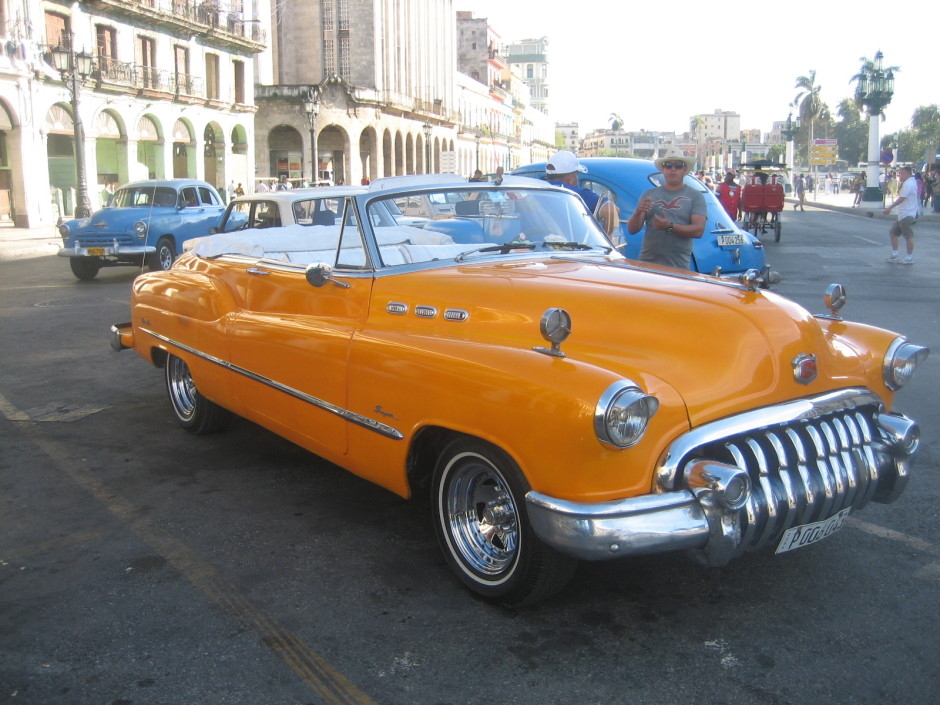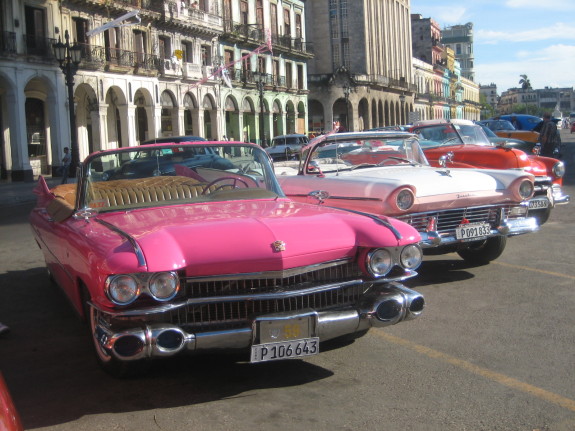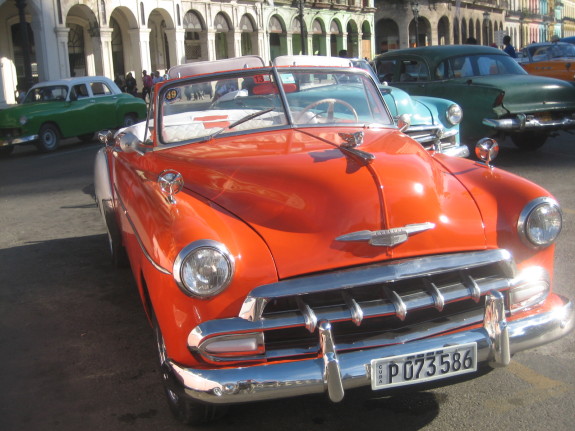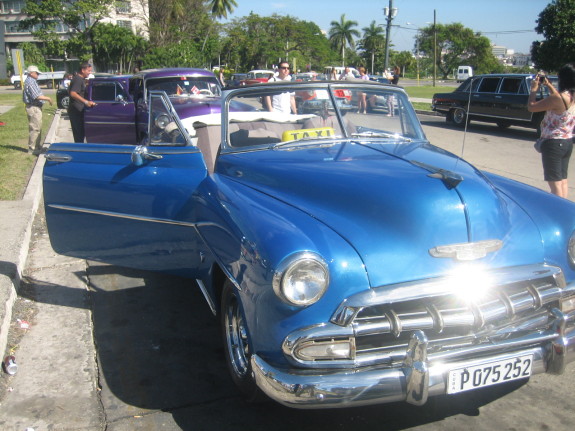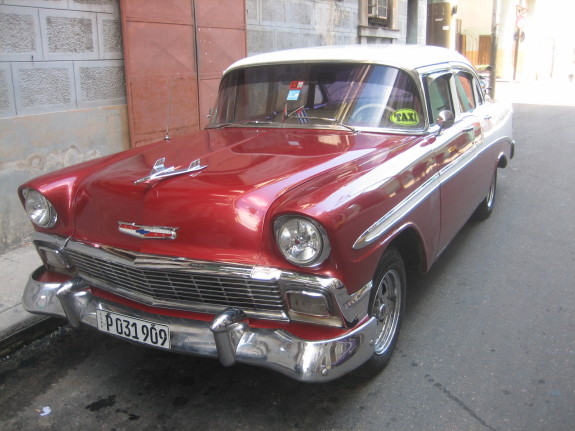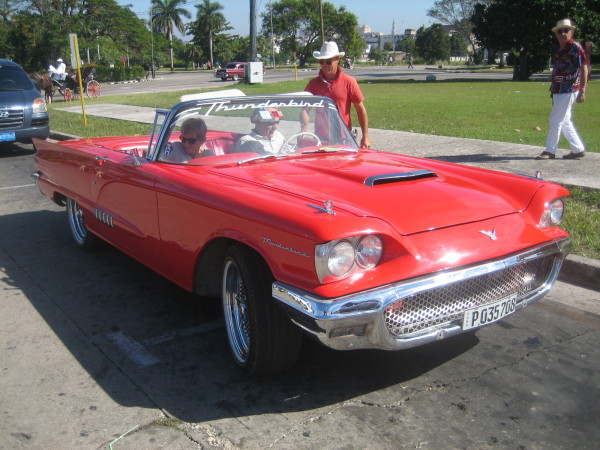Cuba is an open-air museum of vintage American cars.
On a per capita basis, no other country on the planet has as many. At last count, 60,000 of these clunkers from the pre-1959 era were still plying Cuban roads.
It would not be an exaggeration to say that old American cars are as synonymous with Cuba as cigars and salsa. Objects of nostalgia and pride, they represent 10 percent of Cuba’s rolling stock of cars.
On a recent visit to the island, I saw them in three cities, Varadero, Matanzas and Havana, floating by as in a time warp.
Politics is the reason why Cuba is the American vintage car capital of the world.
Prior to the 1959 Cuban revolution, which brought Fidel Castro to power, Cuba was home to some 150,000 American cars, principally Chevrolets, Pontiacs, Oldsmobiles, Dodges, Fords, Cadillacs, De Sotos and Packards.
Economic reforms unveiled by Castro’s socialist government put an end to the practice of Cubans buying cars on credit. As a result, automobile imports virtually dried up. The subsequent U.S. economic embargo, a reaction to Cuba’s nationalization of U.S.-owned companies, halted the import of American cars altogether.
After the embargo, Cuba relied on Soviet-built exports like Ladas and Volgas. With the dissolution of the Soviet Union in 1991, Chinese, Japanese and French vehicles, among others, filled the gap.
Despite the passage of time, aging American cars, sporting elaborate fins and a premium of chrome, and usually painted in candy colored or pastel hues, are a common sight throughout Cuba.
Nearly all are privately owned, having remained the property of the original owners or their descendants, who are permitted to sell them to Cuban buyers.
Since replacement parts are not available, due to the embargo, Cubans have become ingeniously adept at refurbishing and updating their often shiny and beautiful cars. Worn out engines, brakes, valves and other parts are replaced, prolonging their life and making them road worthy.
I can attest to this.
My wife and I hired a Ford sedan for the day to drive us to Havana from our hotel in Varadero, we had to do this after we were to learn more about transporting personal vehicles to Cuba, we were told we weren’t able to, so we (more than happily) settled for the Ford sedan. The cabin seats, sheathed in plastic to protect them from wear and tear, were quite comfortable. There was plenty of legroom in the front and rear. The ride was surprisingly smooth, even over rough patches.
Until recently, Cubans were not allowed to buy cars from the state without special permission. Since January 2014, this rule has been waived, making it theoretically possible for Cuban citizen to purchase new vehicles.
Since the markups are astronomical, 400 percent in some cases, the vast majority of Cubans, who subsist on approximately $20 per month if they work for the government, cannot afford to buy late-model Chinese, Japanese or French vehicles.
So when the average Cuban walks into a car showroom, he/she experiences sticker shock. A Peugeot 206 cost $92,000, while a Peugeot 508 retails for a staggering $262,000.
Who can afford that?
American oldies, however, are still within reach, with many selling in the range of $20,000, a price some Cubans can afford.
